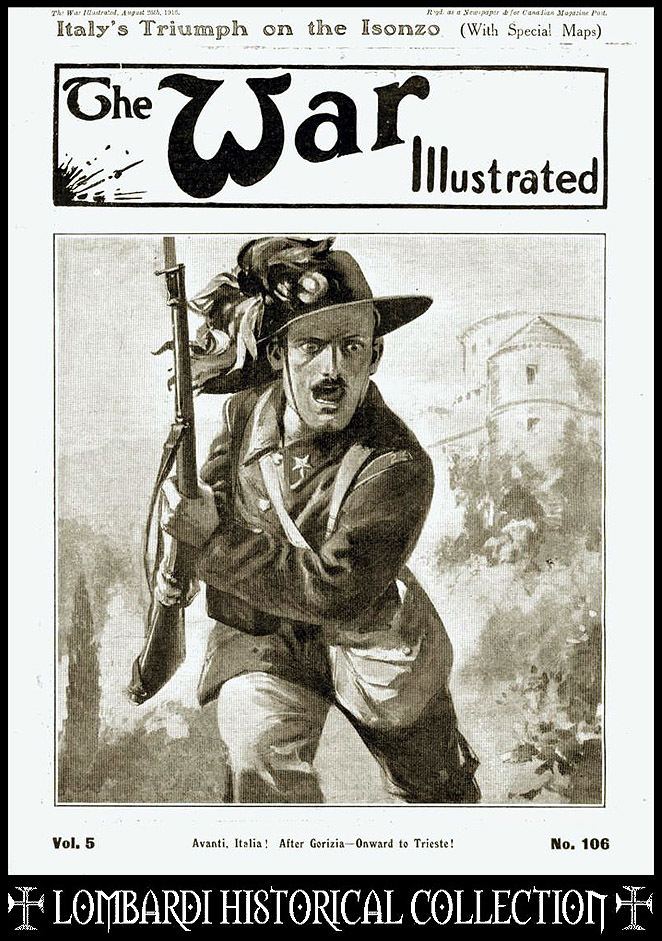 | ||
The War Illustrated was a British war magazine published in London by William Berry (later Viscount Camrose and owner of The Daily Telegraph). It was first released on 22 August 1914, eighteen days after the United Kingdom declared war on Germany, and regular issues continued throughout World War I. The magazine was discontinued after the 8 February 1919 issue, but returned 16 September 1939 following the start of World War II. 255 issues were published over the course of the Second World War before the magazine permanently ceased production on 11 April 1947.
Subtitled "A Pictorial Record of the Conflict of the Nation", The War Illustrated was at first sensationalistic and patriotic. Although it contained articles, the main focus was on photographs and illustrations, most notably those of Stanley Wood dramatising (or in some cases fabricating) events involving German troops. The magazine became more diligent in properly verifying its reports from 1916 onwards.
Both versions of The War Illustrated were edited by John Hammerton, who also contributed articles throughout the magazine's run. The magazine contained personal accounts of the war by war correspondents such as Hamilton Fyfe and Luigi Barzini, Sr., descriptions and illustrations of Victoria Cross actions (for example those of John Lynn and John George Smyth) and articles by authors such as H. G. Wells ("Why Britain Went To War", "Will The War Change England?") and Winston Churchill ("The Right View of Verdun"). It was extremely popular: at its peak at the end of World War I, The War Illustrated had a circulation of 750,000.
